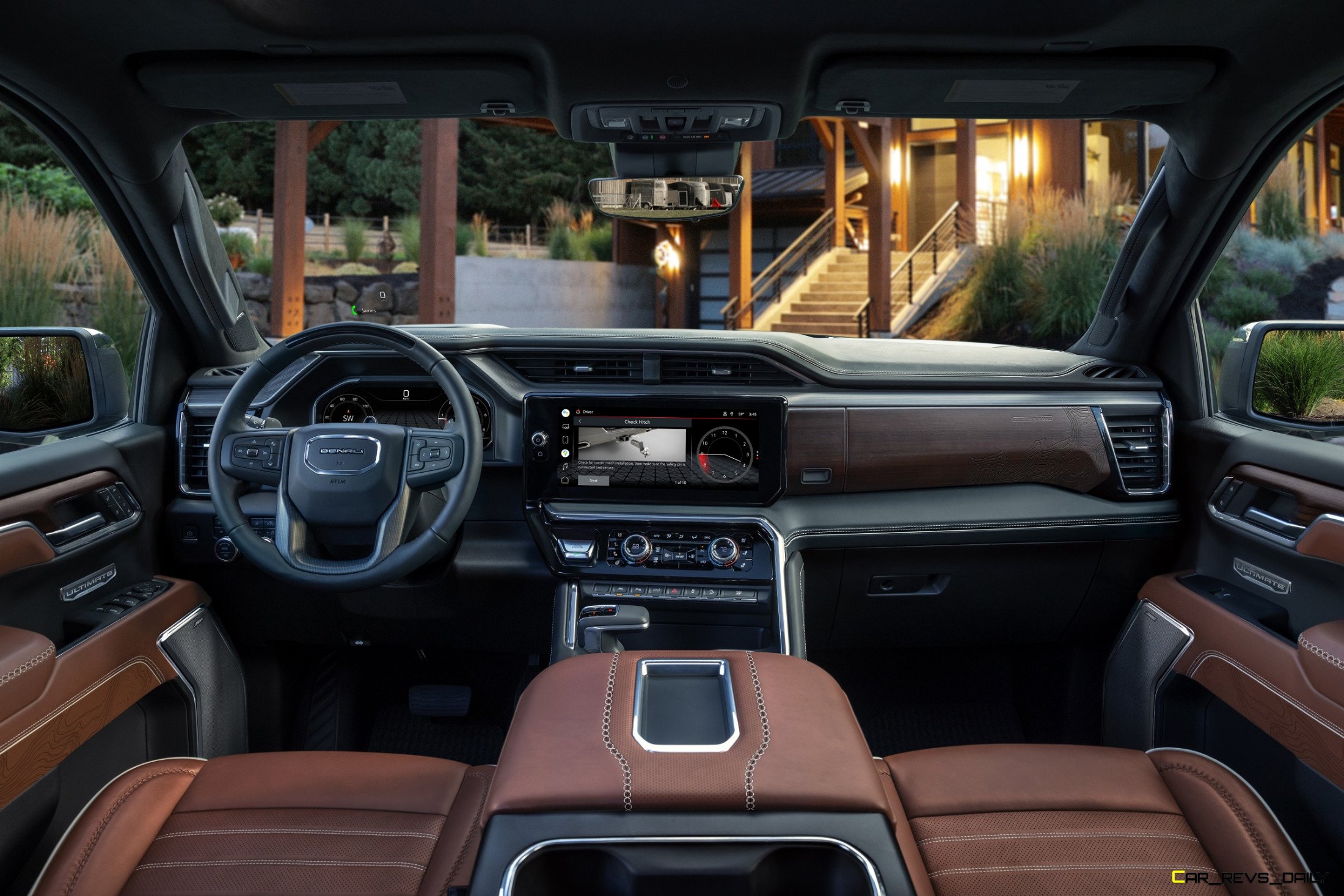Large trucks and SUVs have rapidly become an iconic slice of American culture. Bigger is better often defined sales plans for the Detroit Big Three in the 1990s and the early 2000s with outside factors often providing a short-term dent in sales before they would go back up again. However, it seems that automakers could soon be facing a big problem in sales with a new study revealing more American buyers are not only moving away from large trucks but also large SUVs in a potential shift in the market which comes at a time when tariffs and an uncertain economic climate are making the task of selling a vehicle more challenging than ever.
SUVs and trucks are bigger than ever, but is the floor going out from under them?
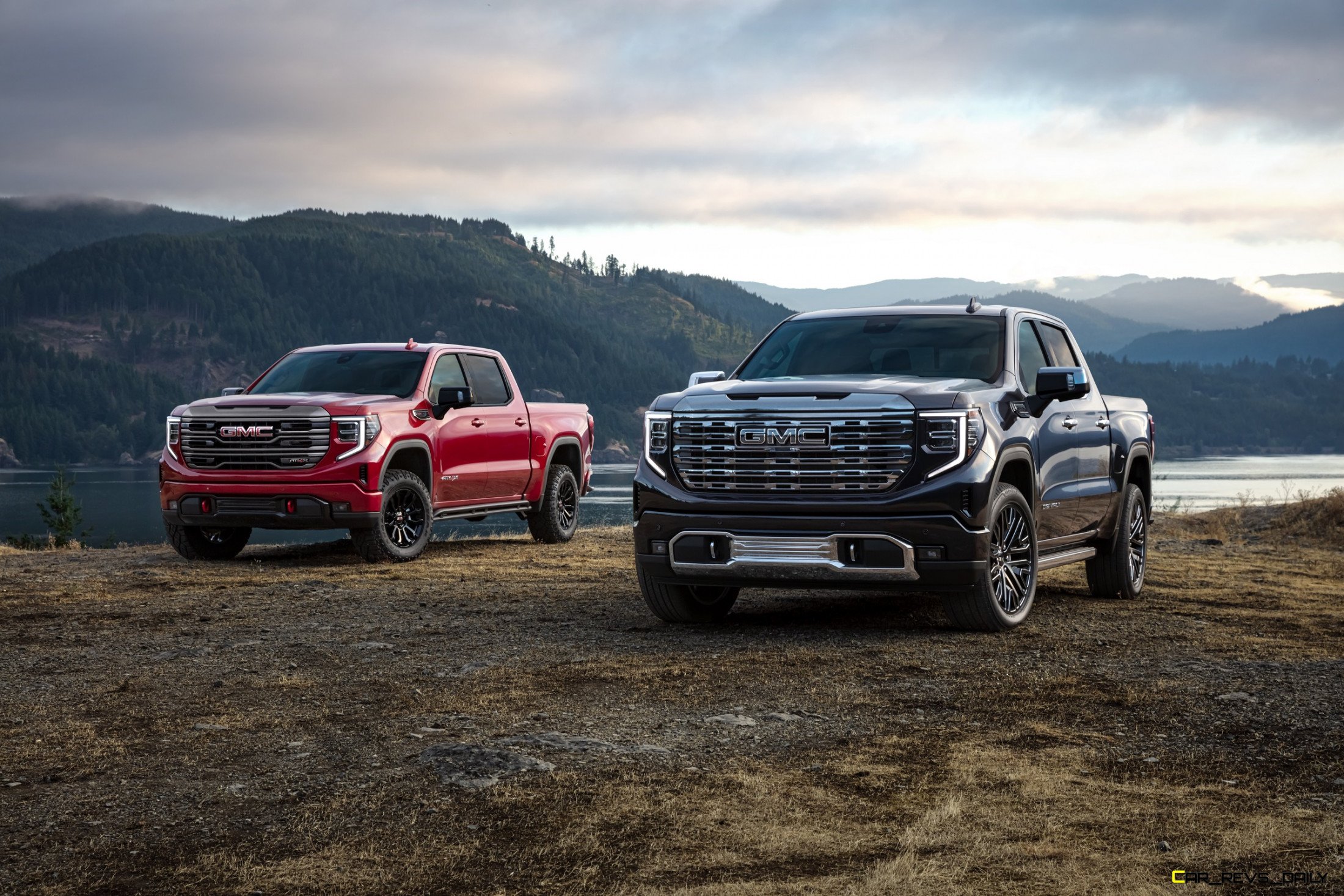
Large trucks and SUVs have always lived large both in dealer showrooms and in sales with these two segments being juicy profit generators for many automakers. However, rising prices and the increase in size of the vehicles themselves have caused more buyers to move away from them and into smaller crossovers and hatchbacks according to several new surveys published by the Dave Cantin Group.
This increase in size is easy to see when you compare a current full-size truck or SUV with one of its ancestors. Pictured with the best camera technology available at the time is our family’s old pickup truck, a 1993 GMC Sierra, the pinnacle of the C/K series, with this rear-wheel drive C model being photographed before it left for its new home in the 2010s. These trucks had a length ranging from 194.5 inches to 213 inches with this particular example being in the latter. Fast forward to a 2025 rig and these dimensions have grown significantly with the new Sierra having a length between 211 to 242 inches depending on configuration with width growing accordingly too.
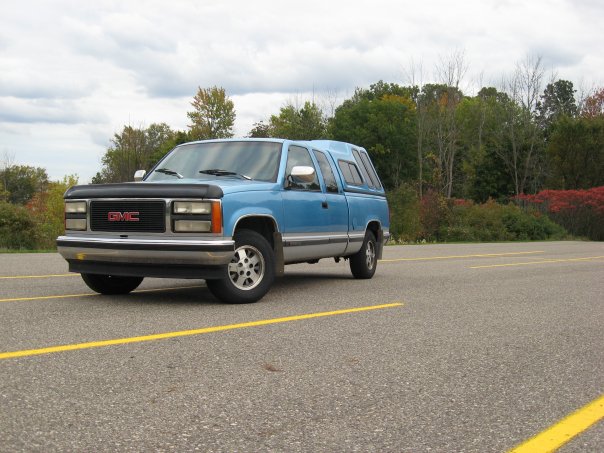
This growth is largely due to advancements in the structure underpinning these vehicles and the addition of new technologies with both of these being bundled with growing sticker prices. Buyers have contended with these growing prices for a long time, but the group of surveys released by the Dave Cantin Group appear to reveal that demand has possibly hit its peak and with tariffs being the new economic obstacle in the room, demand could begin to slip. Some of this decrease comes with precedent with demand for SUVs slipping 1% this year while trucks saw their demand fall by 2% with crossovers matching that figure. In contrast, hatchback demand rose by 1% and sedans saw their appeal rise by 3%.
The research group cites affordability as the driving factor in the decline of interest in bigger models. with the report stating “The decline of truck interest appears to span incomes, while spending tightens among buyers with income $75k-$100k appears to be driving a shift from SUV to sedan. Consumers expect to spend 8% more on vehicles this year.”
Shifting preferences will force dealerships to adapt
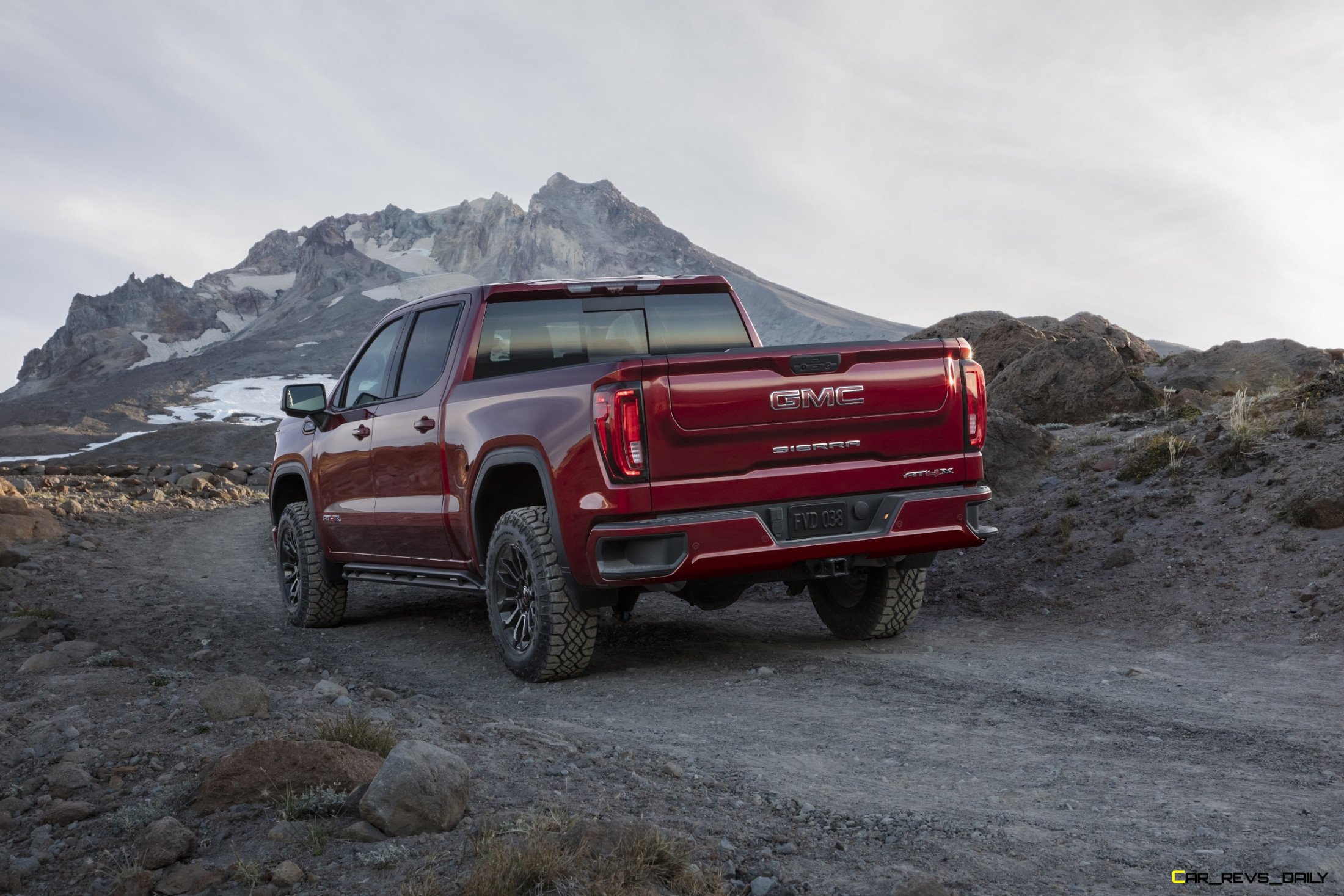
With the survey using consumer data as the backbone of its report, it can be easy to brush off some of these findings considering that large truck and SUV sales are still very strong with Ford and GM in particular rolling in the black. However, look closer and some of the survey’s findings bubble up to the surface with demand for smaller trucks surging with many pickup buyers moving to these vehicles as full-size trucks become out of reach for them.
“Peak Truck is a really, really important concept to watch because we’re not sure how far that trend goes. But what we believe is, the longer the conditions on the ground stay the same or get worse from an economic perspective or an uncertainty perspective, consumers are going to continue to be more pragmatic in the choices they make in terms of the vehicles that they’re out there looking to purchase,” said DCG President Brian Gordon.
Dealerships will be forced to shift the way they get inventory for their lots with managers being forced to reduce the amount of large trucks and SUVs they get, and instead use the remaining lot space for smaller and more affordable vehicles which would allow them to be in a prime position to take advantage of the rising demand for hybrid and PHEV vehicles. The large trucks and SUVs that they do get would also see a shifting priority in trim levels with the pricey luxury-focused trims being pitched (except for a pre-order by the customer) for trim levels that are more affordable and can reach out to a wider array of buyers and budgets. This would help address another troubling finding revealed by the report which states the consumer spending environment is growing weaker with decreasing sticker prices being an early warning sign.
It will be interesting to see how these trends move once the full impact of tariffs is understood but this report shines a spotlight on just how unpredictable the buying environment is and how it might force noticeable shifts in buying behavior from consumers which in turn will force automakers to change their long-term product plans.
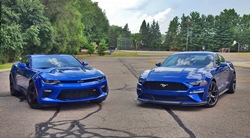
Carl Malek has been an automotive journalist for over 10 years. First starting out as a freelance photographer before making the transition to writing during college, his work has appeared on numerous automotive forums as well as websites such as Autoshopper.com.
Carl is also a big fan of British vehicles with the bulk of his devotion going to the Morgan Motor Company as well as offerings from Lotus, MG, and Caterham. When he is not writing about automobiles, Carl enjoys spending time with his family and friends in the Metro Detroit area, as well as spending time with his adorable pets.

